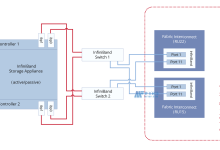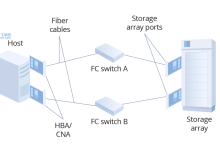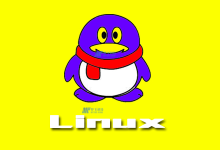Exploring the Power of linux with D L: A Comprehensive Guide
Linux is an open-source operating system that is widely used in the technology industry. Its flexibility, scalability, and security features have made it a popular choice among developers and businesses alike. However, to fully utilize the power of Linux, one needs to learn the various tools and commands that come with it. That’s where D L comes in.
D L is a package manager for Linux that provides an easy-to-use interface for downloading, installing, and managing software packages. It simplifies the process of software installation and management, allowing developers and IT professionals to concentrate on their work rather than worrying about software dependencies and compatibility issues.
One of the advantages of using D L is that it provides access to a vast repository of software packages, including those that are not available in the official distribution. These packages are commonly referred to as “third-party” packages and can be downloaded from a variety of sources, including individual developers and community projects.
To get started with D L, you need to have a Linux operating system installed. Most Linux distributions come with D L pre-installed, but if it’s not available, you can install it using the distribution’s package manager. Once installed, you can use the following commands to manage software packages:
1. Installing a package: Use the “dl install package-name” command to download and install a package from the repository.
2. Removing a package: Use the “dl remove package-name” command to remove a package from your system.
3. Searching for a package: Use the “dl search package-name” command to search for a package in the repository.
4. Updating packages: Use the “dl update” command to update all installed packages on your system.
5. Listing installed packages: Use the “dl list” command to list all installed packages on your system.
In addition to these basic commands, D L also supports more advanced features, such as dependency resolution, package versioning, and package conflicts. This makes it a powerful tool for managing software installation and maintenance in complex environments.
Another advantage of D L is that it can automate software installations and updates through scripts. This can be particularly useful in large-scale deployments where manual installation and configuration can be time-consuming and error-prone. For example, a script can be created to install and configure the necessary software packages for a web server or database server, ensuring that all dependencies are correctly resolved and configured.
Overall, D L is a comprehensive package manager for Linux that simplifies the process of software installation and management. Its ease of use and powerful features make it an essential tool for developers and IT professionals who want to fully utilize the power of Linux. So, whether you’re a seasoned Linux user or just getting started, D L is definitely worth exploring.

 国外主机测评 - 国外VPS,国外服务器,国外云服务器,测评及优惠码
国外主机测评 - 国外VPS,国外服务器,国外云服务器,测评及优惠码












